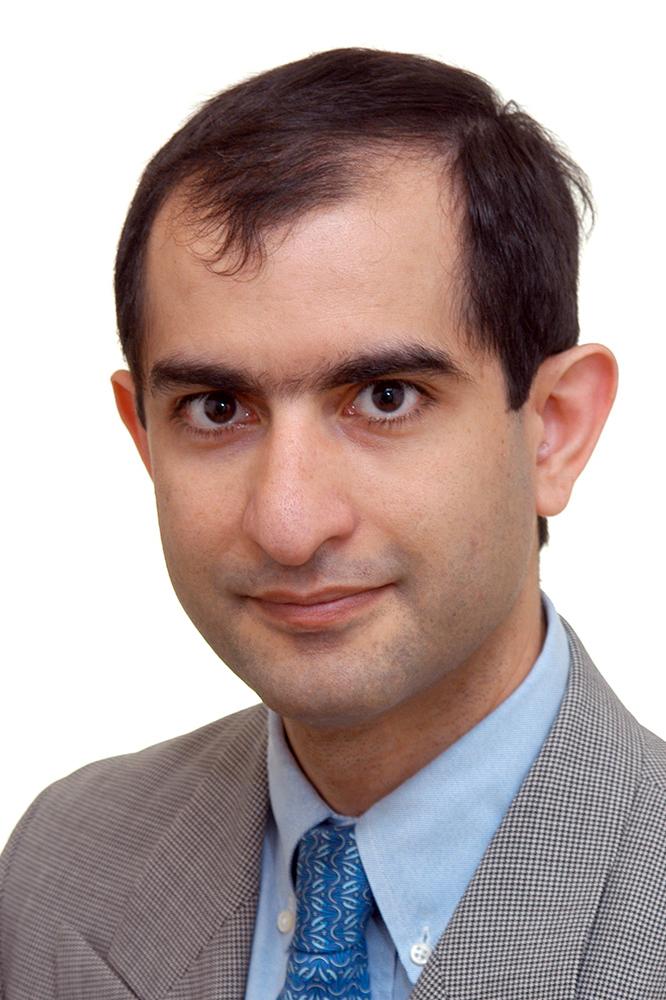One common form of strabismus, or misaligned eyes, is called esotropia. Esotropia, or “crossed” eyes, occurs when the eyes turn inward. Esotropia can be both congenital, when it occurs in infants, and accommodative, which is more likely to develop after two years of age.
Young children with congenital esotropia cannot use their eyes together. In most cases, early surgery can align the eyes.
With accommodative esotropia, when the child focuses the eyes to see clearly, the eyes turn inward. This “crossing” may occur when focusing at a distance, at close range, or both. Eyeglasses reduce the focusing effort and often straighten the eyes. Sometimes bifocals are needed for close work. If significant crossing of the eyes persists with glasses, surgery may be required.
The main sign of esotropia is an eye that is not straight. Sometimes children will squint one eye in bright sunlight or tilt their head in order to use their eyes together.
Amblyopia, or “lazy eye,” is closely related to esotropia. Children learn to suppress the double vision associated with esotropia so effectively that the deviating eye gradually loses vision. It may be necessary to patch the good eye and have the child wear eyeglasses before treating the esotropia.
Esotropia is often treated by surgically adjusting the tension on the eye muscles under general anesthesia. The goal of surgery is to get the eyes close enough to perfectly straight so that it is hard to see any residual deviation. Surgery usually improves the condition, and though the results are rarely perfect, they are usually better in young children.








